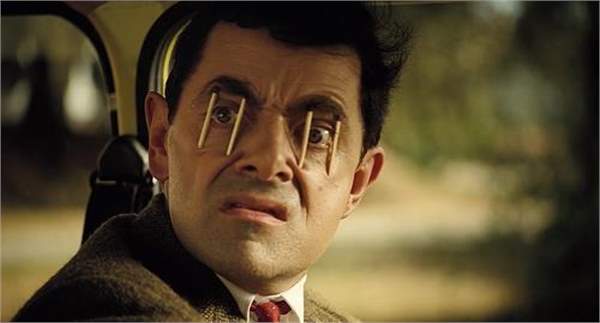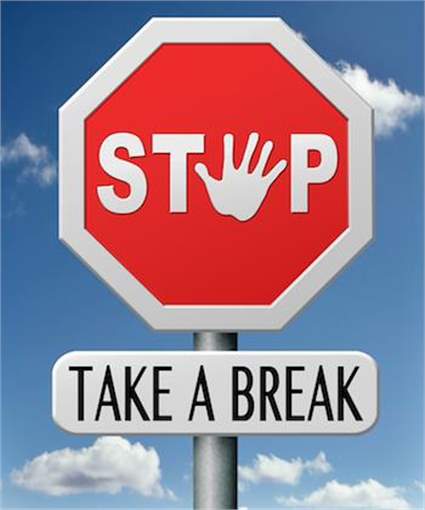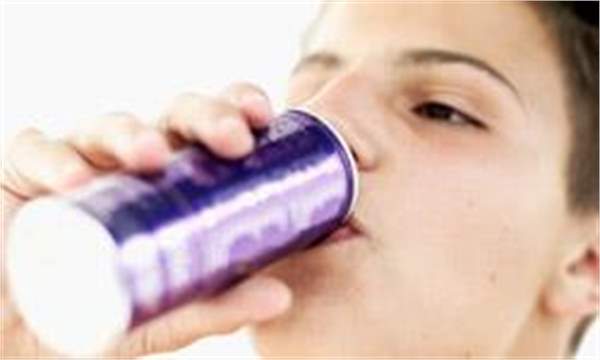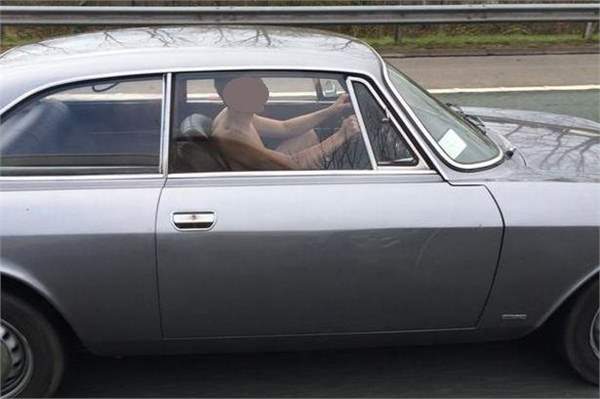How often do you drink & drive?
if I asked you how many times you'd driven whilst drunk in the last 12 months, you'd probably be quite offended and hopefully the answer would be never! However, if I were to ask if you have driven whilst extremely tired or whether you have struggled to stay alert at the wheel in the last 12 months there's a good chance the answer would be very

resounding yes!
Studies have shown that driving when your body is tired can be just as dangerous as getting behind the wheel while drunk! To a degree, drowsiness is similar to alcohol in the way it compromises driving ability by reducing alertness and attentiveness, delaying reaction times, and hindering decision-making skills, yet more and more of us nowadays have lifestyles that contribute to driving while drowsy.
Studies show that being awake for more than 20 hours results in an impairment equal to a blood alcohol concentration of 0.08%. What that equates to in terms of number of drinks is difficult to say as it varies hugely from person to person but to give you a rough idea, it's in the region of 1-2 pints of beer or 2-4 glasses of wine, which is quite significant.
The latest statistics show that one in five driver deaths in Ireland have driver fatigue as a contributory factor. You might think that fatigue is something that you are more likely to experience during long-distance driving, but it can have just as much of an affect over shorter distances, especially if you aren’t getting enough sleep. The Road Safety Authority have recently launched a new awareness campaign highlighting the dangers of driver fatigue:
The big danger of driver fatigue is that you might not always recognise the symptoms until it is too late. Maybe you’ve just finished a long shift in work or you’ve had some late nights with little sleep because of a new baby in the house; either way there’s an increased chance that your driving is going to be more impaired than you suspect.
Tell-tale signs that you're becoming too drowsy to drive:
- Difficulty maintaining a steady speed or a steady distance to the car in-front
- You can’t remember driving the last few miles.
- Trouble focusing, keeping your eyes open or your head up
- Yawning or rubbing your eyes repeatedly
- Daydreaming and wandering thoughts
- Drifting from your lane, tailgating and missing signs or exits
- Feeling restless, irritable or aggressive
- Slower reaction time, poor judgment

If you start to experience any of the above it’s time to pull in for a break and to try and do something about it before something worse happens.

Techniques for staying alert and awake at the wheel can be split into two categories:
Pre-journey & during the journey itself
Top 5 Pre-journey methods of combating driver fatigue;
- Now, we don't mean to state the bleedin' obvious, but making sure you get enough sleep the night before is one of the very best ways to avoid stay awake at the wheel. Many of us don’t get as much sleep each night as we should. Ideally you should be getting between six and eight hours of unbroken sleep each night, especially if you’re going to be undertaking a longer than usual drive the following day.
- Avoid drinking alcohol the night before.
- If you are driving over an extended distance perhaps you can share some of the driving with a fellow passenger. The added benefit of conversation will help keep you alert.
- Don’t try to break your body’s cycle by driving at times that you would normally be asleep. This might not always be feasible if, for example, you have a particularly early flight to catch, but where possible try to drive at regular times. Most drowsy driving crashes happen between midnight and 6:00 a.m., when the body’s need for sleep is greatest, and in the mid-afternoon (during the circadian dip, or as we know it - the 3 o clock slump).
- If you know you’ll be driving for long enough to get sleepy, drink a cup of coffee and take a 15-minute nap before you go. “That way, when you wake up, the coffee has kicked in, and the boost from the nap will give you an extra level of energy,” says Ralph Downey III, PhD, director of Loma Linda University Sleep Disorders Center in California.
Top 6 Mid-journey methods of combating driver fatigue;
The important point to bear in mind here is this: If you have to get creative to stay awake and drive, you probably shouldn’t be driving.
- Again, this is obvious but take a break! Nowadays many of our motorways are well covered by service stations that are easily accessed from the main road and in addition to parking have areas to get out of the car and stretch your legs. Getting out of the car for 10 or 15 minutes in fresh air will give your body a positive boost and can help stave off tiredness. It won’t make a huge impact on your final arrival time and you’ll feel so much better for doing it. it will get the blood and oxygen pumping round the body and can make a positive difference.
- Take a nap; you will be amazed at how much better even a short 15-minute powernap can make you feel. Ideally park up at a service station or somewhere well out of harm's way and set an alarm on your mobile phone. As mentioned above you could try having a coffee before you take a nap so that you get a 'double hit' when you wake up
- Refuel yourself. You might not need to fill up your car’s tank but getting a bottle of water or a coffee will help keep you more alert.
 Avoid fizzy drinks though; they might give you a quick boost but there’s an increased chance of a ‘sugar crash’ after you’ve had them, so stick to the healthier options. That said, energy drinks like Red Bull or Monster Energy are loaded with caffine which will do a good job of keeping you awake for an hour or 2.
Avoid fizzy drinks though; they might give you a quick boost but there’s an increased chance of a ‘sugar crash’ after you’ve had them, so stick to the healthier options. That said, energy drinks like Red Bull or Monster Energy are loaded with caffine which will do a good job of keeping you awake for an hour or 2.
- If you’re travelling alone keep your brain active by listening to music and singing along or, even better, an audiobook. Just make sure that it is something that won’t overly distract you from the surrounding traffic conditions.
- Limit the Gangsta Lean and put the seat backrest up! Ensuring that your driving position is comfortable can have a big effect. You should be sitting quite upright with a slight bend in your knees and elbows. Slumping down in your seat can restrict the flow of oxygen to your lungs.

- Vary your route. Long stretches of monotonous motorway driving can prematurely trigger the effects of tiredness. if you have the option, a more involving, winding country road where you are much more engaged with the car through braking, accelerating, changing gears and really concentrating hard on the road ahead can not only be a welcome change but can have a noticeable effect on your levels of alertness.
More tips & tricks:
We asked our
Facebook fans how they stay awake at the wheel. There are literally hundreds of tips, tricks and techniques people use, none of which we can vouch for! Some sound like they would work, some definitely wont and some are downright crazy. Here are our favorites:
- Take one shoe off! There's a lot of nerve endings on the bottoms of your feet which aren't always stimulated while wearing socks/shoes. when your bare foot starts touching off stuff it seems to help!
- Have a snack and a drink every 2 hours and have a wonder to the loos at service stations - kind of like smelling salts but for free. If u know what I mean
- Chew gum to keep your mouth busy. It stops the yawning, which stops the dozing off. Just make sure you keep chewing, even if your mouth gets tired of chewing. This is gum trick taken from truck drivers and it works really well!
- Taking off your pants seems to help (be prepared for other consequences if you try this)
- Crunching on ice cubes or eating sunflower seeds works because the crunching action keeps you engaged but not distracted from the road.
- Trap a few strands of hair in the sunroof!
 Drowsy Driving – Who’s Most at Risk?
Drowsy Driving – Who’s Most at Risk?
Anyone who drives is at risk of falling asleep at the wheel, but some groups of people are more at risk than others. They include:
- Young drivers – Combining inexperience with sleepiness and a tendency to drive at night puts young people at risk, especially males aged 16-25 years.
- Shift workers and people working long hours – People who work night shifts, rotating shifts, double shifts or work more than one job have a six-fold increase in drowsy driving crashes.
- Commercial drivers – Those who drive a high number of miles and drive at night are at significantly higher risk for fall-asleep crashes. Commercial drivers have also been found to be at a high risk for sleep disorders.
- People with untreated sleep disorders such as obstructive sleep apnea (OSA) – People with untreated OSA are up to seven times more likely to have a drowsy driving crash. For some people insomnia can increase fatigue.
- Business travelers – Frequent travelers who may be suffering from jet lag and crossing time zones, spending long hours behind the wheel or getting too little sleep.
For more information about driver fatigue The Irish
Road Safety Authority and US
National Sleep Foundation are two of the best resources we found.